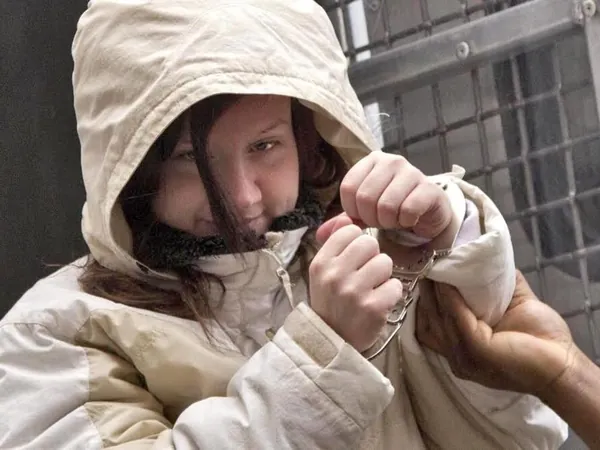
Wiccan Woman Victoria Henneberry Returns to Jail After Temporary Release Revoked
2025-01-11
Author: Olivia
Introduction
In a shocking turn of events, Victoria Lea Henneberry, who is currently serving a life sentence for the second-degree murder of Loretta Saunders, has found herself back in jail after the Parole Board of Canada canceled her unescorted temporary absence. This decision comes a decade after Henneberry, along with her boyfriend, was involved in the brutal murder of the pregnant Inuit student from Labrador in Halifax in February 2014.
Details of the Temporary Leave
Henneberry, 39, was initially granted a 30-day leave to participate in personal development courses at a halfway house during the fall of 2024. However, her behavior prompted the parole board to revoke this leave. Concerns arose after Henneberry began to show signs of emotional distress, which she expressed as feeling overwhelmed and even having suicidal thoughts. Furthermore, the board noted her disregard for established rules, including accessing the internet, which was strictly prohibited during her leave.
The Murder of Loretta Saunders
The harrowing details of Loretta Saunders's murder paint a disturbing picture. Henneberry and her boyfriend, Blake Leggette, killed Saunders when she arrived at their apartment to collect rent. The incident escalated violently, leading to Saunders being strangled and ultimately disposed of in a hockey bag, which was then abandoned on the side of a highway. This gruesome act was compounded by the couple’s actions after the murder, which included using Saunders’s bank card for personal purchases.
Behavior During Temporary Leave
Henneberry was described by the parole board as using various tactics to subvert her rehabilitation process. For instance, she enlisted the help of other residents at the halfway house to order items online, despite rules against bringing new items back into prison. Her obsessive behavior, including encouraging others to search for her online, indicated a troubling preoccupation that was not aligned with the rehabilitative purpose of her absence.
Mixed Results of Rehabilitation Efforts
Despite her regression, portions of Henneberry’s leave were considered somewhat successful; she engaged in programs tailored to her needs and initially expressed motivation to change. However, her inability to comply with basic regulations ultimately led to her return to incarceration.
Background and Identity
The background of this case reveals deeper issues surrounding Henneberry's life, including a turbulent childhood marked by family struggles, involvement in criminal activities, and a significant history of behavioral problems. Raised primarily in Ontario after being placed in the care of foster homes, her claims of Indigenous heritage through her mother's side add another layer of complexity to her identity.
Conclusion
Victoria Henneberry's case serves as a poignant reminder of the challenges surrounding rehabilitation for those who commit violent crimes and raises critical questions about the effectiveness of the parole system. As she returns to prison, the focus remains on providing justice for Loretta Saunders, whose life was tragically cut short due to this brutal act of violence. Stay tuned for developments in this case, as it continues to unfold in the public eye.









 Brasil (PT)
Brasil (PT)
 Canada (EN)
Canada (EN)
 Chile (ES)
Chile (ES)
 Česko (CS)
Česko (CS)
 대한민국 (KO)
대한민국 (KO)
 España (ES)
España (ES)
 France (FR)
France (FR)
 Hong Kong (EN)
Hong Kong (EN)
 Italia (IT)
Italia (IT)
 日本 (JA)
日本 (JA)
 Magyarország (HU)
Magyarország (HU)
 Norge (NO)
Norge (NO)
 Polska (PL)
Polska (PL)
 Schweiz (DE)
Schweiz (DE)
 Singapore (EN)
Singapore (EN)
 Sverige (SV)
Sverige (SV)
 Suomi (FI)
Suomi (FI)
 Türkiye (TR)
Türkiye (TR)
 الإمارات العربية المتحدة (AR)
الإمارات العربية المتحدة (AR)